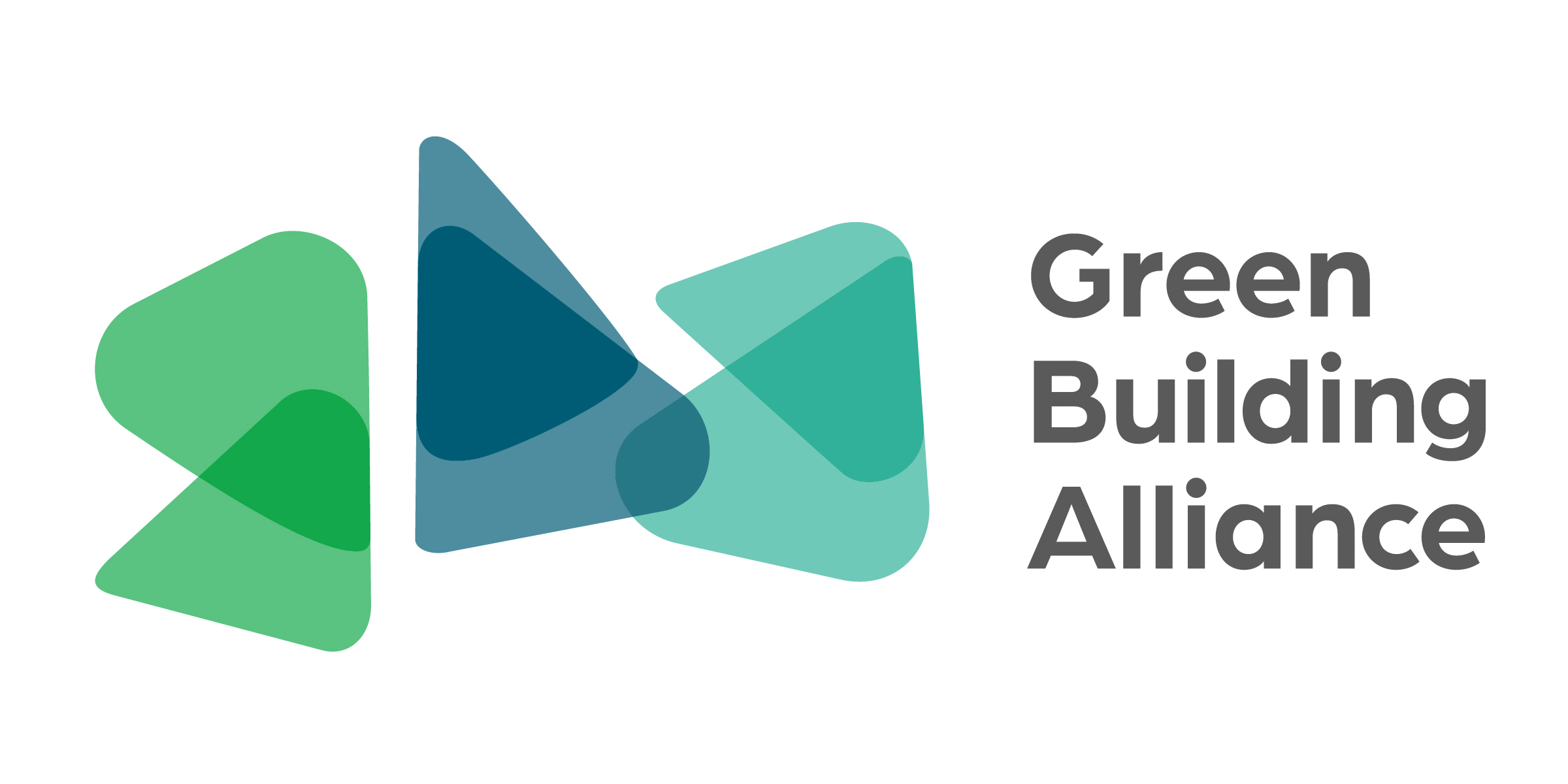LEED Rating System
Leadership in Energy & Environmental Design (LEED) is an internationally recognized green building certification system and standard. It delivers third-party verification that a space was designed and built using best-in-class strategies to address its entire life cycle.
Leadership in Energy & Environmental Design (LEED) is an internationally recognized green building certification system and standard. It delivers third-party verification that a space was designed and built using best-in-class strategies to address its entire life cycle.
Developed by the U.S. Green Building Council (USGBC), LEED provides building owners and operators with a concise framework for identifying and implementing practical and measurable green building design, construction, operations, and maintenance solutions.
LEED can be applied to all building types – and even to entire neighborhoods.
LEED Rating Systems
LEED rating systems are groups of requirements for projects that are pursuing LEED certification. Each group is geared towards the unique needs of a specific project or building type. These rating systems are:
-
LEED for Building Design & Construction
-
LEED for Interior Design & Construction
-
LEED for Building Operations & Maintenance
-
LEED for Neighborhood Development
-
LEED for Homes
-
LEED for Cities & Communities
The above rating systems also include considerations for building use types including Schools, Hospitality, Retail, Data Center, and Warehouses.
Certification Levels (excluding LEED for Homes)
Projects can earn any of four levels of certification based on the number of points they achieve:

LEED Credit Categories
All of the LEED rating systems address five main credit categories for certification and, within each of them, projects must satisfy prerequisites and earn points. LEED for Homes and LEED for Neighborhood Development also have additional credit categories. The number of points a project earns determines its level of certification. The main credit categories are:
Integrative Process
These credits incentivize project teams to set early goals and collaborate together to achieve them, while also doing early analysis on water and energy systems for the best results.
Location and Transportation
These credits ask project teams to consider how people get to and from the project location for better human health impacts and lower environmental footprint, prioritizing locations with existing infrastructure and multiple transportation options.
Sustainable Sites
These scredits encourage strategies that minimize the impact on ecosystems and water resources.
Water Efficiency
These credits promote smarter use of water, inside and out, to reduce potable water consumption.
Energy & Atmosphere
These credits promote better building energy performance through innovative strategies.
Materials & Resources
These credits encourage using sustainable, transparent, and healthy building materials and reducing waste.
Indoor Environmental Quality
These credits promote better indoor air quality and access to daylight and views.
Bonus Credit Categories
Innovation in Design
These credits address sustainable building expertise as well as design measures not covered under the five main credit categories. This can include pursuing one of LEED’s Pilot Credits. Six bonus points are available in this category.
Regional Priority
These credits address regional environmental priorities for buildings in different geographic regions. Four bonus points are available in this category.
LEED Accreditation
For more information on LEED, click here to visit the USGBC website.
While buildings that achieve LEED certification are referred to as LEED Certified, people who hold professional credentials relating to the rating system are referred to as LEED Accredited. Each LEED rating system has a corresponding LEED specialty for professionals. Visit GBA's LEED credentials page to learn about these certification opportunities.
